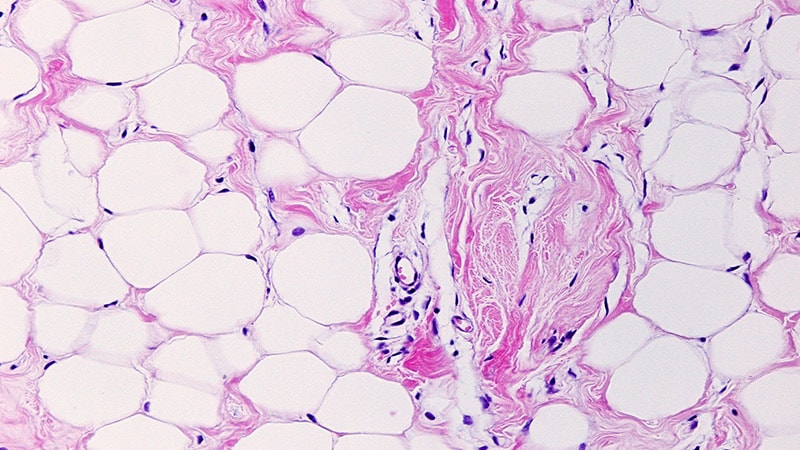A 24-hour subcutaneous levodopa-carbidopa (LD/CD) solution, ND0612, along with oral immediate-release LD/CD increases time without dyskinesia for patients with Parkinson disease (PD), according to study results published in The Lancet Neurology.
Previous research has shown that traditional oral LD treatments for motor symptoms can reduce quality of life due to motor function fluctuations and dyskinesia. Recent clinical trials have shown stable and sustained LD concentrations after subcutaneous administration.
In a phase 3 randomized, double-blind trial (BouNDless; ClinicalTrials.gov Identifier: NCT04006210), researchers investigated the safety and efficacy of subcutaneous ND0612 infusion. Patients with PD who experienced at least 2.5 hour/day of off time were randomly assigned 1:1 and given either subcutaneous injections of ND0612 or a regimen of immediate-release oral LD/CD.
The primary outcome was the mean time without troublesome dyskinesia, which was the sum of time with and time without. Secondary outcomes included daily off time, daily motor experiences, patient’s impression of change, and motor system score.
Among 259 patients, 128 received subcutaneous ND0612 (women, 39%) and 131 received oral LD/CD (women, 34%). A total of 243 (94%) of participants completed the study.
At 12 weeks, the ND0612 group had a mean ON time without troublesome dyskinesia of 11.47 hours/day compared to 9.75 hours/day in the oral LD/CD group.
Compared with oral LD/CD, the ND0612 group had a 1.72-hour reduction in mean time without troublesome dyskinesia (-2.2 hours; 95% CI, -2.65 to -1.74 vs -0.48 hours; 95% CI, 1.08-2.36).
Additionally, reduction in daily OFF time had a difference of -1.40 hours (95% CI, -1.99 to -0.80; P <.0001) for the ND0612 group.
Other significant differences seen with subcutaneous ND0615 included:
- Movement Disorders Society-Unified Parkinson’s Disease Rating Scale (MDS-UPDRS)-II scores (–3.05; 95% CI, –4.28 to –1.81),
- Patients Global Impression of Change (OR, 5.31; 95% CI, 2.67-10.58), and
- Clinical Global Impression of Improvement (OR, 7.23; 95% CI, 3.57-14.64).
At least 1 adverse event (AE) was experienced by most participants in the ND0612 group during the open-label optimization (89%) and the double-blind phase (80%). Infusion site reactions were the most commonly reported AE during:
- open-label ND0612 (83%),
- double-blind ND0612 (57%), and
- oral LD/CD (43%).
A total of 7 serious AEs were reported among 4 patients including:
- infusion-site cellulitis (n=2),
- infusion-site abscess and infusion-site ulcer (n=1), and
- paresthesia and peripheral sensorimotor neuropathy (n=1).
One patient in the ND0612 group died during the double-blind phase due to a traumatic brain injury (TBI) from a fall that was unrelated to the study intervention.
The study was limited by the exclusion of patients with severe PD, lack of standardization of treatment regimens, and reliance on self-reporting surveys.
“ND0612 infusion could offer an efficacious and safe individualized infusion approach to managing motor fluctuations in people with Parkinson’s disease before considering surgery-associated intervention,” the researchers concluded.
Disclosures: The study was funded by NeuroDerm. Some study authors declared affiliations with biotech, pharmaceutical, and/or device companies. Please see the original reference for a full list of disclosures.
This article originally appeared on Neurology Advisor









